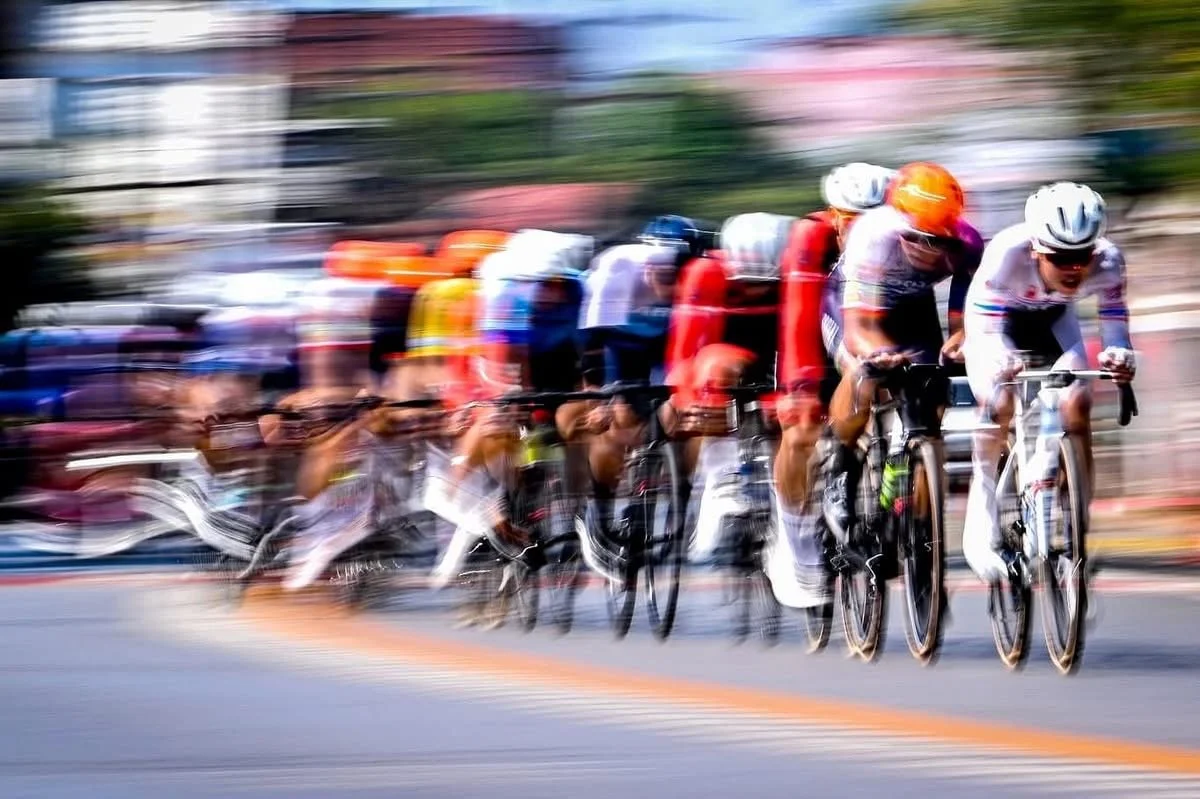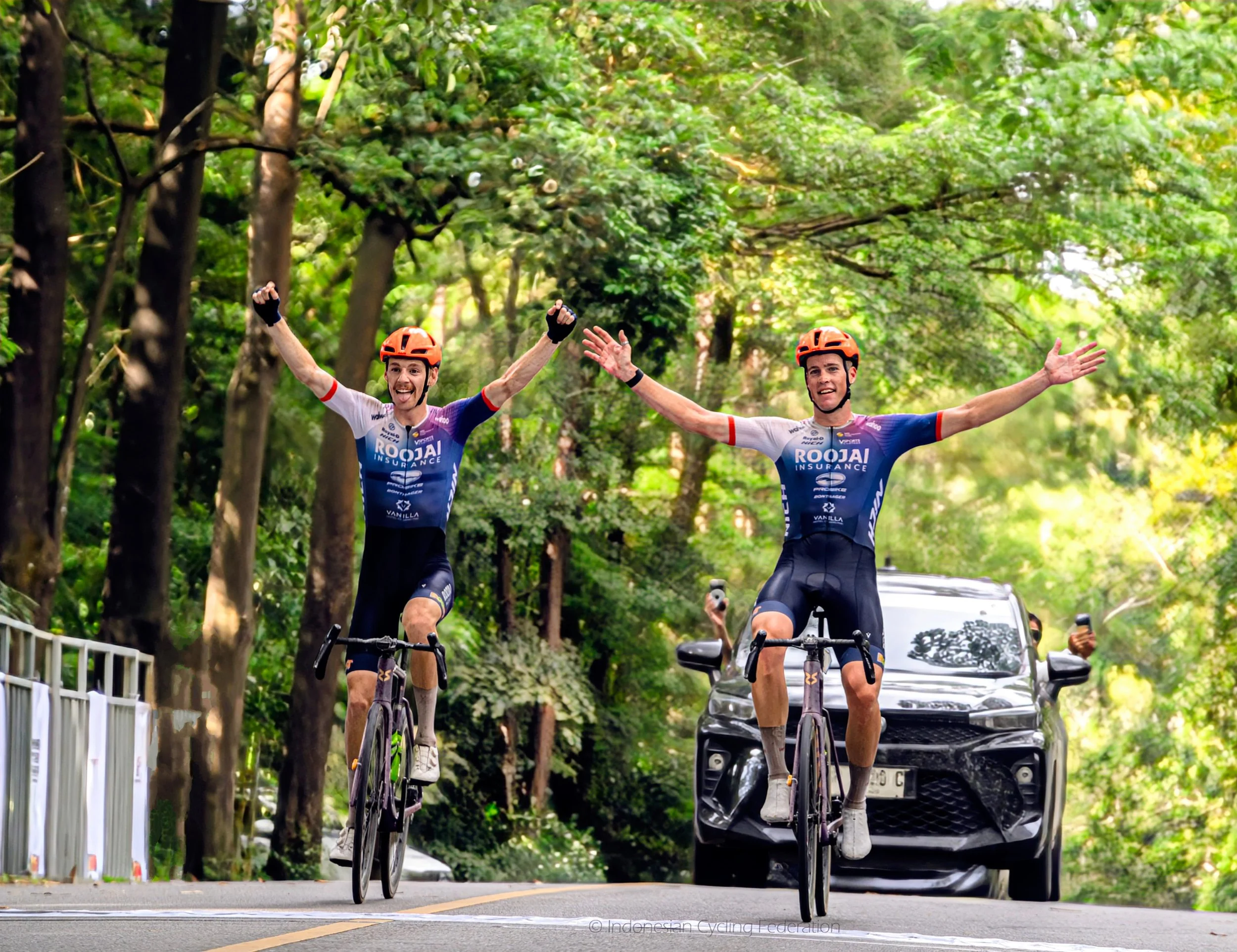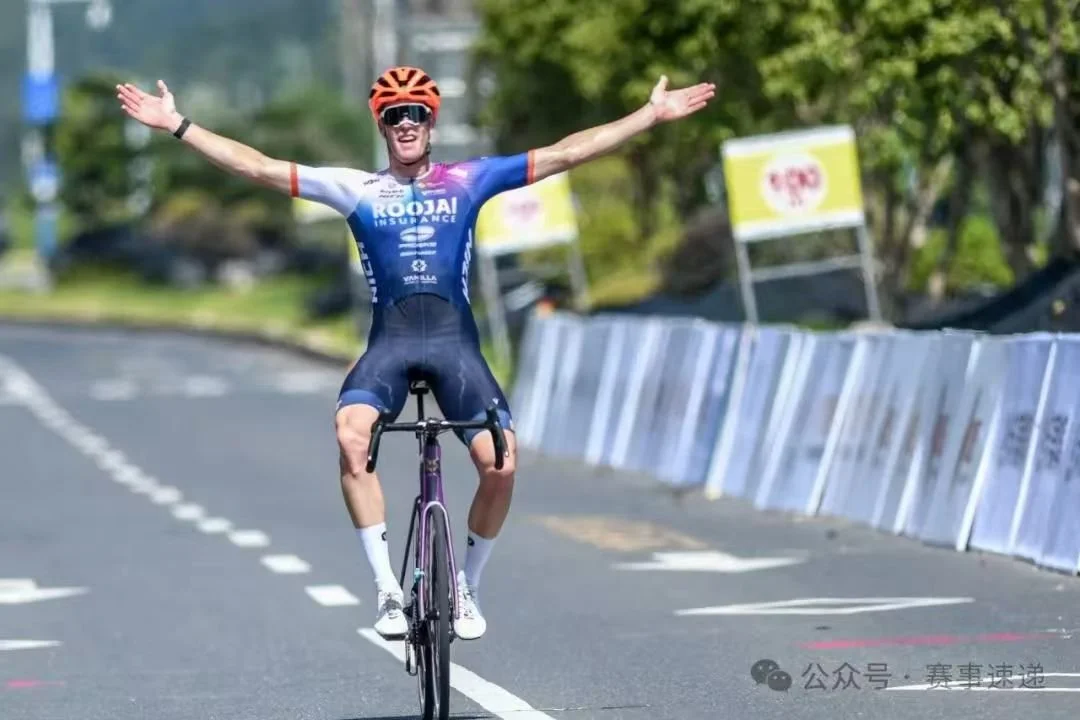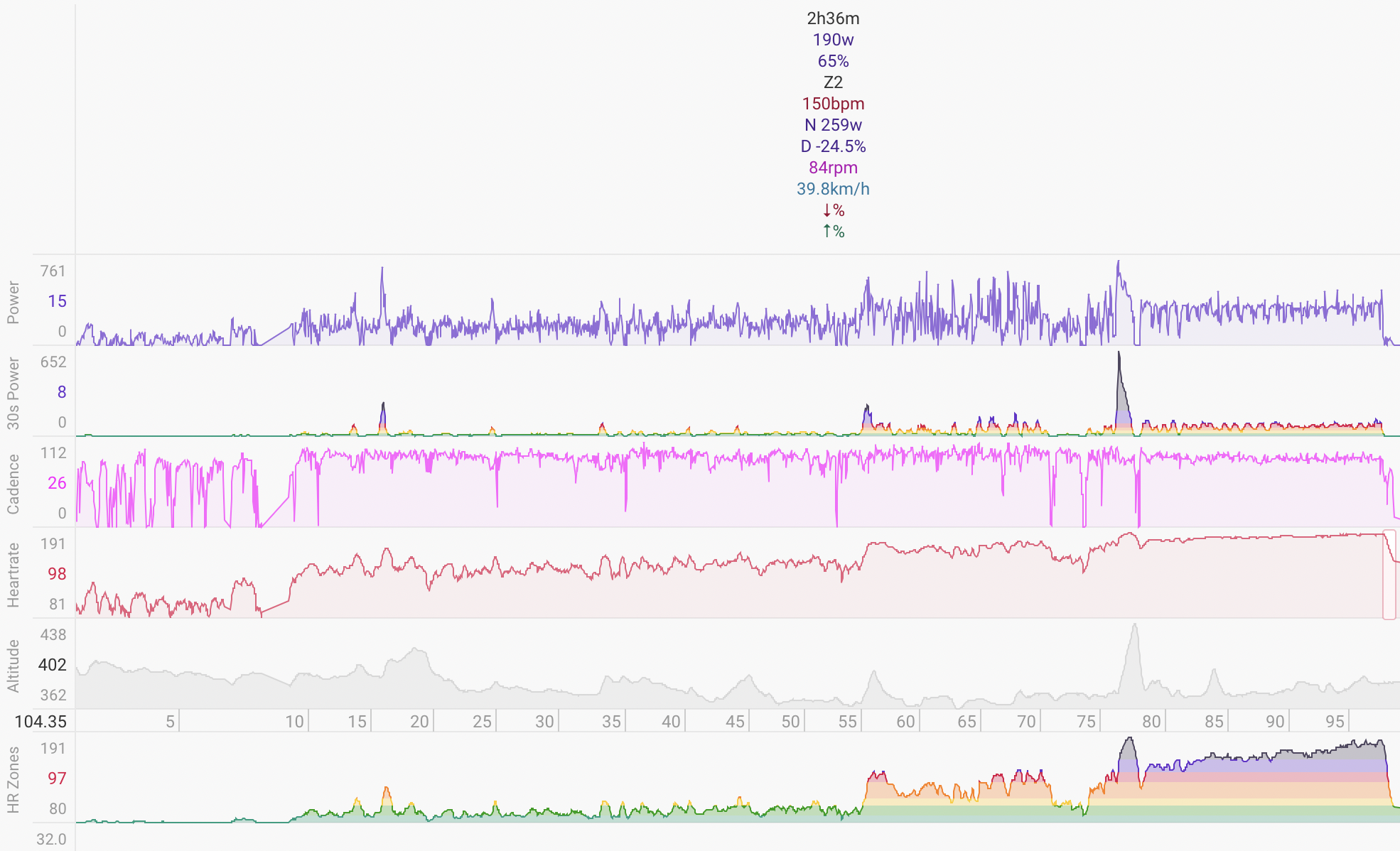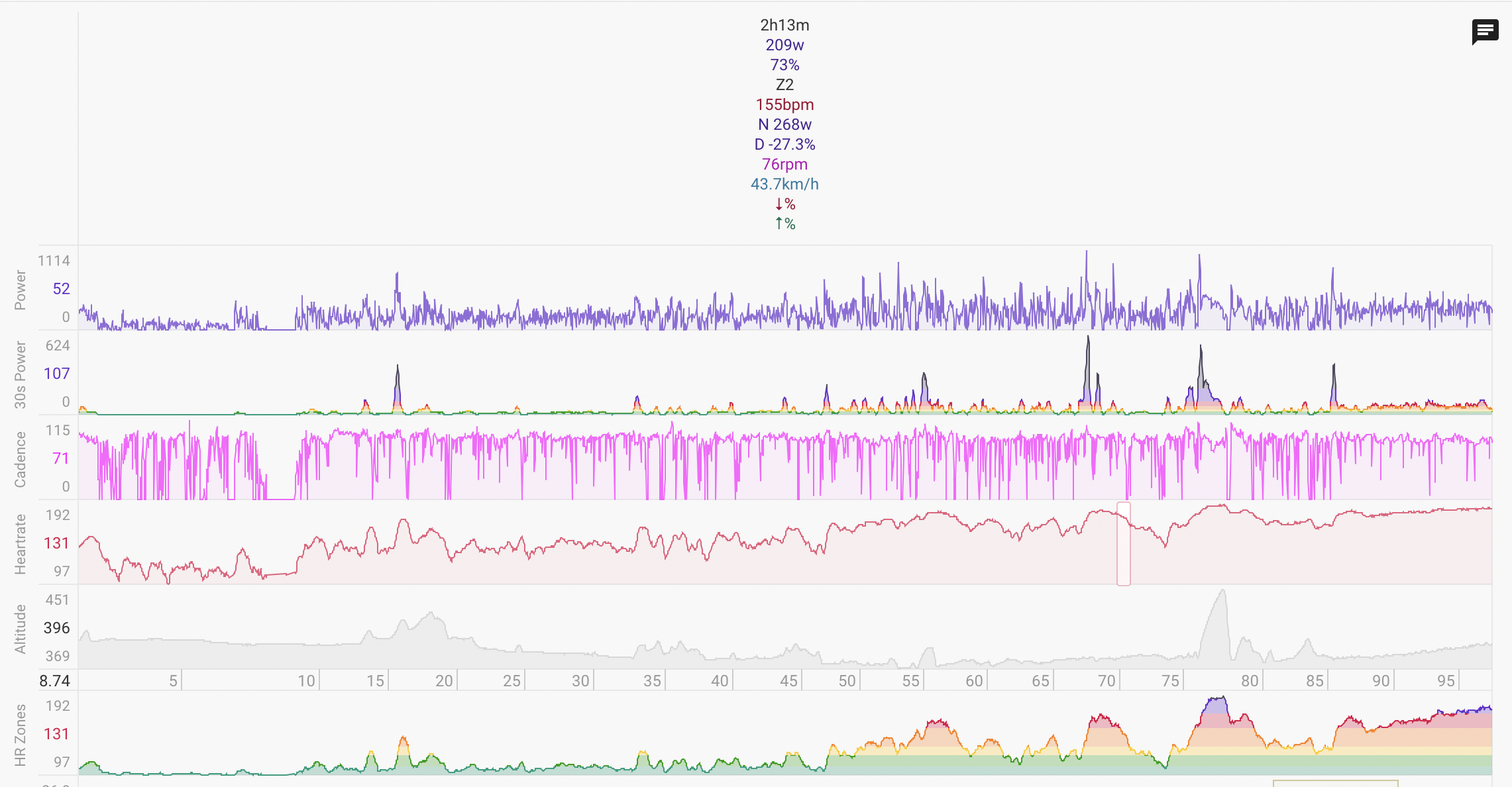Harnessing Confidence and Patience: Mastering the Negative Split in Cycling
In the competitive world of professional cycling, the negative split strategy stands out as a testament to a rider's confidence and patience. This technique involves pacing oneself to ride the second half of a race faster than the first, essentially saving the best for last. Here's how confidence and patience are key to executing this strategy effectively:
What is a Negative Split?
A negative split in cycling transcends simple pacing; it's a strategic approach where confidence in one's training and patience in application converge. It's about knowing that you can perform better in the latter part of the race, which requires a belief in your preparation and the discipline to not show your full hand too early.
The Role of Confidence
Trust in Your Training: Confidence in a negative split comes from a deep trust in your training regimen. You've done the work, know your body's limits, and understand how to tap into your reserves when it counts. This trust allows you to ride conservatively at the start, knowing you haven't yet shown your true capability.
Mental Fortitude: Cyclists employing this strategy must have the mental strength to stick to their plan, even when competitors surge ahead. It's about believing in your strategy and your ability to catch up or even surpass others when they start to falter.
Patience as Strategy
Pacing for the Long Haul: Patience is about understanding that the race isn't won in the first few kilometers. It involves maintaining a pace that might seem slow but is calculated to preserve energy for a potent finish. This patience is crucial for not just physical endurance but also for psychological warfare against competitors.
The Art of Timing: Knowing when to unleash your full potential is an art. Patience allows you to time your efforts perfectly, accelerating when others are beginning to tire, turning a race into a showcase of strategic brilliance.
Executing the Negative Split
Conservative Start: Begin the race at a pace that conserves energy. It might feel counterintuitive, but this is where patience plays its part. You're setting the stage for a powerful endgame.
Adaptation and Build: Gradually increase your effort, adapting to the race's demands while building towards your peak performance. This isn't just physical adaptation but also a psychological adjustment, seeing the race unfold as planned.
The Final Push: With confidence and the patience you've exercised, you now have the energy to make your move. This is where you show your true colors, potentially catching others off-guard with your late-race surge.
Advantages of the Approach
Psychological Edge: Your ability to finish strong can demoralize competitors, giving you a significant psychological advantage.
Energy Management: By not expending all your energy early, you reduce the risk of hitting the "wall" or bonking, which can be race-ending for others.
Performance Data: Riding negative splits offers valuable insights into your performance, helping tailor future training and race strategies.
Visualizing the Negative Split
To illustrate the concept, here are two theoretical graphs demonstrating a perfect negative split during a race:
Graph 1: Speed Over Time
X-axis: Race Distance or Time
Y-axis: Speed (km/h or mph)
The graph would show a slightly ascending line, with the speed increasing as the race progresses. The first half would have a gentler slope, with a noticeable uptick in the second half, symbolizing the rider accelerating towards the end.
Graph 2: Power Output Over Time
X-axis: Race Distance or Time
Y-axis: Power Output (Watts)
This graph would reveal a more consistent power output in the first half, followed by a significant increase in the second half. The power curve would reflect a strategic reserve of energy in the early stages, peaking as the race concludes.
In conclusion, executing a negative split in cycling is a blend of science, art, and personal mastery. It's about having the confidence to trust your preparation and the patience to wait for the right moment. This approach not only showcases your physical capabilities but also your strategic acumen, making it a hallmark of champions who understand that sometimes, the race is won by those who wait to shine.

